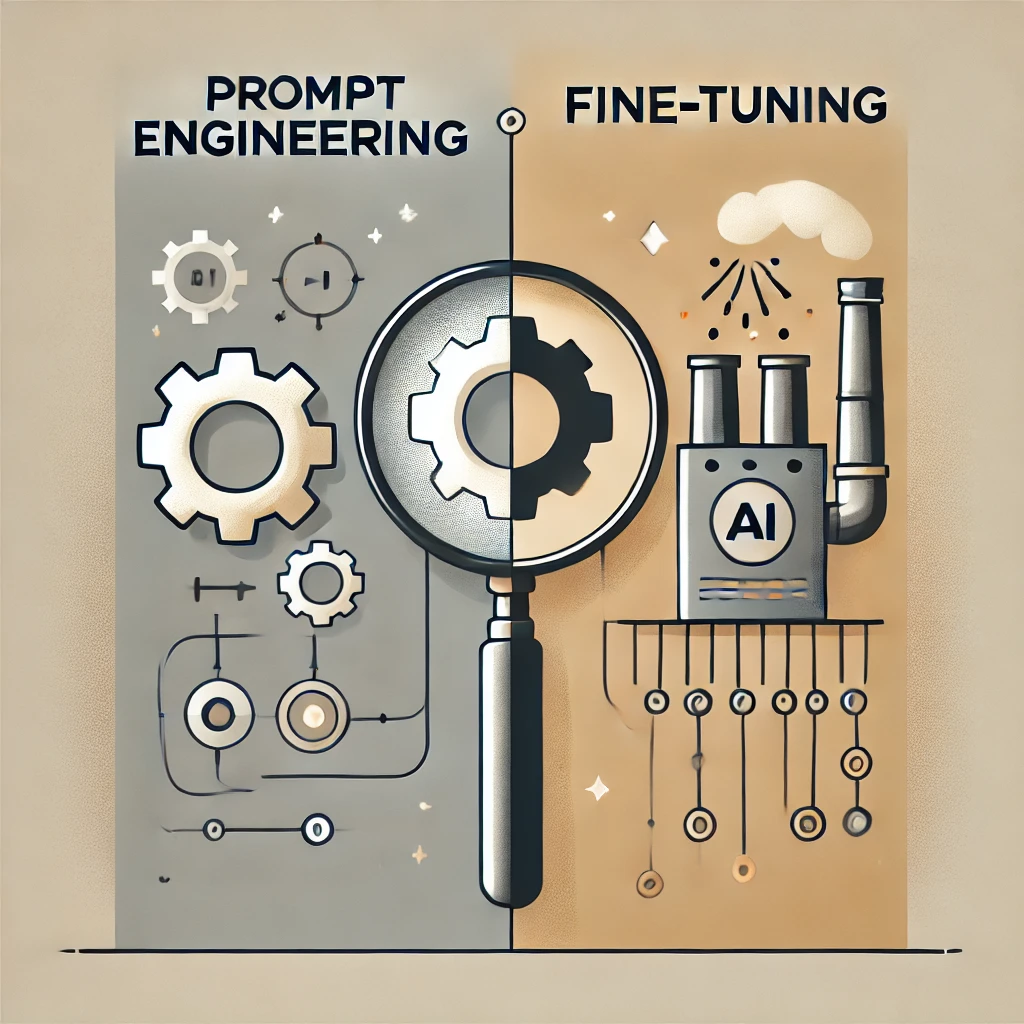Recently, a client approached me about building a generative AI solution and specifically requested model fine-tuning. This led me to deeply analyze when fine-tuning makes sense versus investing in prompt engineering.
Here’s what I learned:
Prompt engineering offers remarkable flexibility and control at a fraction of the cost. Through careful prompt design, we can achieve highly specific outputs, maintain consistency, and adapt quickly to changing requirements. It’s like having a skilled employee who needs detailed instructions but executes them perfectly.
Fine-tuning, while powerful, requires significant data (usually thousands of examples), substantial computing resources, and introduces maintenance overhead. It’s best suited for highly specialized tasks where the base model consistently falls short despite optimal prompting.
My conclusion? For most business applications, starting with sophisticated prompt engineering is the smarter approach. It allows for rapid iteration, immediate feedback, and lower costs. Fine-tuning should be considered only after thoroughly exploring prompt engineering’s limits and identifying clear, data-supported gaps in performance.
Remember: The most expensive solution isn’t always the best one. Sometimes, the art of asking the right questions beats retraining the entire model.
